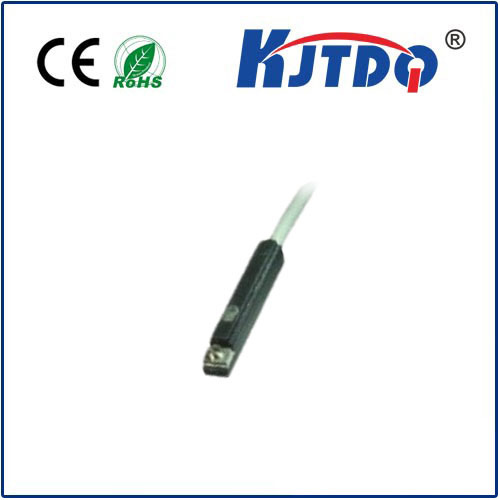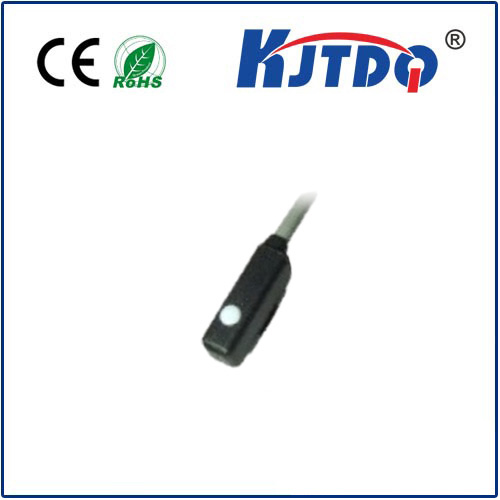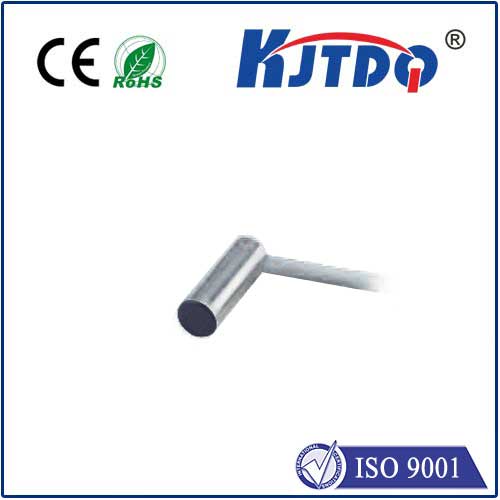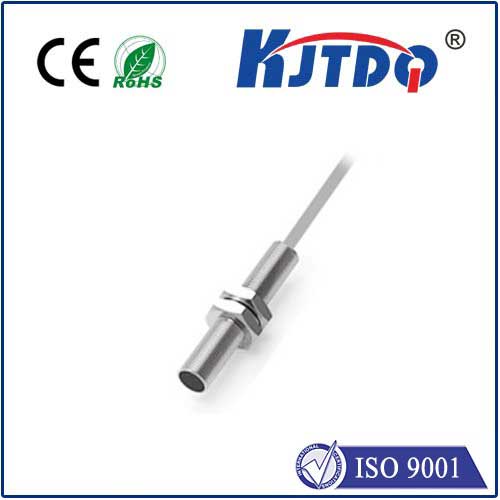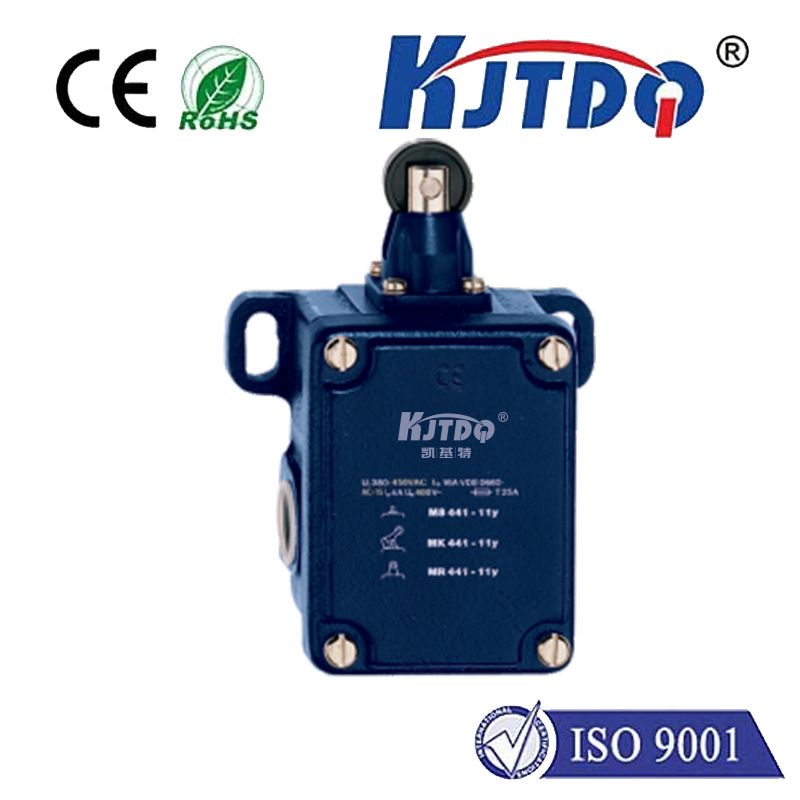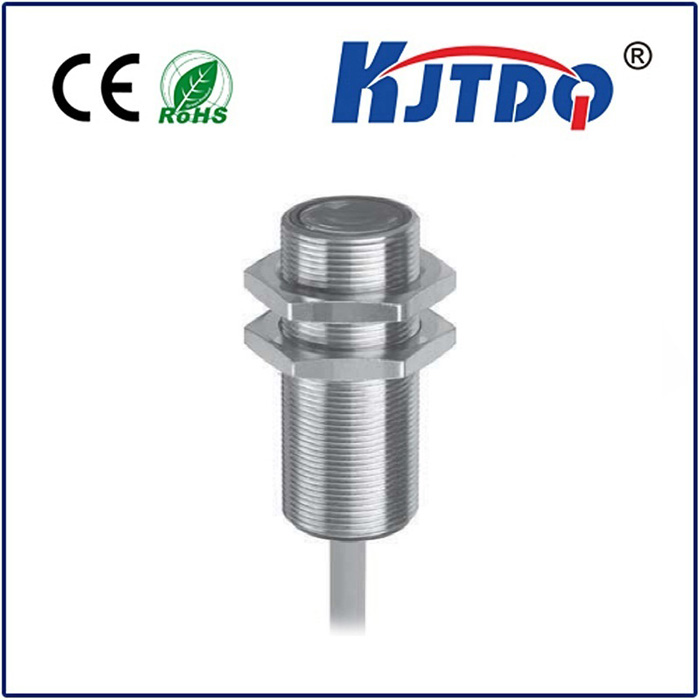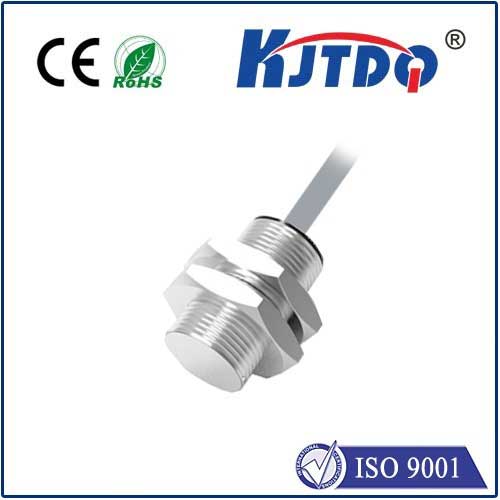photoelectric sensor npn
- time:2025-09-10 17:54:30
- Click:0
NPN Photoelectric Sensors: Demystifying the Workhorse of Automation
**Ever wonder how machines reliably detect objects, count products, or ensure safety on a busy production line? Often, the unseen hero making it happen is the photoelectric sensor. And within this vast category, the NPN photoelectric sensor stands out as a fundamental and widely used component.** If its specification seems confusing compared to PNP types, you’re not alone. Understanding NPN outputs is key to deploying these sensors correctly and unlocking their significant benefits in countless automation tasks.
At its heart, an NPN photoelectric sensor operates on a simple principle: light modulation. It projects a light beam (visible, infrared, or laser) towards a target. The sensor’s receiver then constantly monitors the intensity of this light. Detection occurs when an object interferes with this beam – either blocking it (opposed mode), reflecting it back (retro-reflective mode), or scattering it (diffuse mode). This change in light intensity triggers an internal switch within the sensor. The critical difference lies precisely in how that internal switch functions electrically, defined by whether it’s an NPN or PNP output transistor configuration.
Unpacking the “NPN” Designation: The Sinking Output
The terms NPN and PNP refer to the type of bipolar junction transistor (BJT) used as the sensor’s output switching element.

- NPN Transistor Function: An NPN transistor acts like a switch controlled by its base. When the sensor detects its target and needs to signal this (“ON” state), it applies a small current to the base terminal. This action allows a much larger current to flow from the collector terminal to the emitter terminal. Crucially, the emitter is typically connected to the circuit Ground (0V).
- Output Behavior - Current Sinking: This configuration results in what’s called a sinking output or “NPN Normally Open” (NPN-NO). In its active (ON) state, the NPN output essentially connects the sensor’s load wire (the black wire, often labeled LOAD or OUT) internally to the Ground (0V or negative) wire (blue wire). It sinks current into itself from the load connected to it.
Here’s the practical wiring implication: To make the sensor work with your control device (like a PLC input module or relay):
- Connect the sensor’s Brown wire (+V, typically 10-30V DC) to the positive DC supply.
- Connect the sensor’s Blue wire (0V/GND) to the negative/ground of the DC supply.
- Connect the sensor’s Black wire (LOAD/OUT) to one terminal of your load (e.g., the PLC input point).
- Connect the other terminal of your load to the positive DC supply rail (+V).
When the sensor turns ON (detects an object), it completes the circuit: Current flows from the +V supply, through the load (activating it, like turning on a PLC input), then into the sensor’s black output wire, and finally out through the blue wire to ground. The sensor is sinking the current required by the load. When the sensor is OFF (no detection), the internal switch is open; no current flows through the load, so the PLC input point wouldn’t see the required voltage/current to activate.
Why Choose NPN? Key Advantages
While both NPN and PNP types are indispensable, NPN photoelectric sensors hold distinct advantages in specific contexts:
- Dominance in Asian-Market Controls: Historically, many PLC input modules manufactured in Asia and still prevalent globally are designed to accept sinking (NPN) signals. Wiring an NPN sensor directly to such an input is straightforward and matches the expected current flow.
- Compatibility with Microcontrollers: Microcontrollers (like Arduino) or logic circuits often have inputs pulled high internally via resistors. An NPN sensor’s sinking output can easily pull such an input pin down to ground (LOW) when activated, making detection simple to program.
- Noise Immunity: In some environments, particularly those with significant electrical noise, the grounding of the output path in an NPN configuration during activation can offer potentially better noise immunity compared to a PNP’s voltage-switching output. However, this is highly system-dependent.
- Reliability: NPN sensors are mature, robust technologies widely available from numerous manufacturers, offering proven reliability across diverse industrial applications.
Common Applications for NPN Photoelectric Sensors
Their reliability and compatibility make them a go-to choice for:
- Object Detection: Detecting presence/absence on conveyors, in bins, at machine entry/exit points.
- Counting: Accurately tallying products, bottles, boxes passing a point.
- Positioning: Verifying parts are correctly located for machining or assembly.
- Level Control: Monitoring fill levels in tanks or containers (using transparent/opaque material detection).
- Security Systems: Acting as invisible beams for intrusion detection.
- Printing & Packaging: Precisely detecting labels, cartons, or registration marks.
Choosing and Using NPN Sensors: Important Considerations
- PLC Input Compatibility: Always verify your PLC input module specifications. Is it configured internally to accept sinking (NPN) or sourcing (PNP) inputs? Using the wrong sensor type will result in non-operation. Many modern PLC modules support both, but configuration (e.g., selecting between Sink/Source input mode) is crucial.
- Load Requirements: Ensure the sensor’s output current and voltage ratings match (or exceed) the requirements of the load (e.g., PLC input current draw, relay coil specifications).
- Sensor Type: Select the appropriate sensing mode (opposed, retro-reflective, diffuse, background suppression, etc.) based on the application, target material, distance, and environmental conditions.
- Wiring: Strictly follow the manufacturer’s wiring diagram for NPN outputs. Reversing +V and GND can damage the sensor. Use shielded cables in electrically noisy environments and ground the shield properly.
- 3-Wire vs 4-Wire: Most industrial NPN sensors are 3-wire (Brown+/V, Blue/0V, Black/Load). 4-wire sensors typically provide both a Normally Open (NO, sinking) and a Normally Closed (NC, sinking) output on separate wires.
In essence, the NPN photoelectric sensor, with its current-sinking output, forms the backbone of detection logic in countless automated systems where compatibility with specific PLC inputs or microcontroller circuits is paramount. Understanding that its output actively connects to ground when triggered is the cornerstone of successful implementation. By leveraging their strengths – broad compatibility in key markets, straightforward interfacing with common control systems, and inherent reliability – NPN sensors continue to deliver critical sensing intelligence efficiently and robustly across the industrial landscape. Choosing the right sensing technology, be it NPN or its counterpart PNP, hinges directly on understanding this fundamental electrical behavior within the context of your control system architecture.






